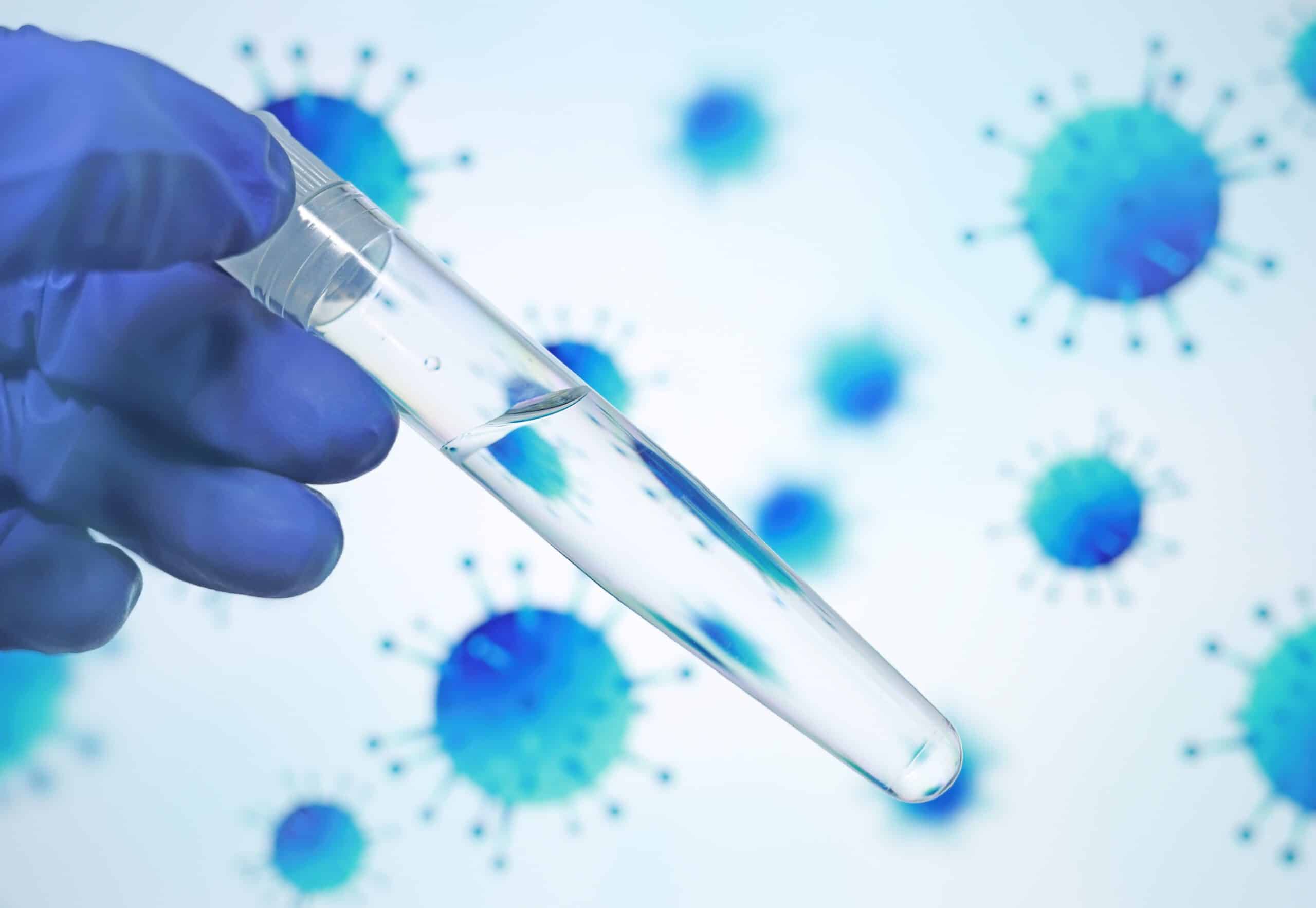Per- and polyfluoroalkyl substances (PFAS), also dubbed ‘Forever Chemicals’, are two manmade substances that have been linked to harmful health effects in humans and wildlife. Since the 1940s Forever Chemicals’ have been used in pesticides, industry, and construction.
Cape Town’s caracals, that hunt prey close to urban communities and vineyards have been said to be exposed to these harmful chemicals through their diet. The exposure largely derives from commercial activities which release these substances into the environment. The pollutants tend to accumulate in the body tissues of animals and humans through a process called biomagnification – especially predators.
Predators may act as indicators for the presence, diversity and level of toxins present in the environment. Humans and wildlife are continuously exposed to the PFAS in your drinking water. PFAS contamination in the water supply is widespread and the substance became widely used during the 1940s and 1950s in a variety of products and manufacturing processes, such as Teflon, which was originally produced using Perfluorooctanoic acid (PFOA) and Perfluorooctane sulfonic acid (PFOS), contained in firefighting foams and to coat carpets, rendering them stain resistant.
PFAS chemicals have also been used as part of the manufacturing process for everything from water-repellent clothing to some cosmetics and products designed to resist grease, water, and oil. PFAS (including PFOA and PFOS) do not break down, which is particularly problematic because they are resistant to oil and water; and not easily interfered with by other chemicals or heat.
Protecting Our Water Supply from Harmful Chemicals
Reverse Osmosis (RO) is a cost-effective form of water purification technology that prevents the passage of a wide range of impurities to a high degree. High-pressure membranes, such as nanofiltration or reverse osmosis, have been extremely effective at removing PFAS.
Research shows that these types of membranes are typically more than 90 percent effective at removing a wide range of PFAS, including shorter chain PFAS. With both high pressure membrane types, approximately 80 Percent of the feed water, the water coming into the membrane, passes through the membrane to the treated water. Reverse osmosis membranes are less permeable than nanofiltration membranes – the main difference between these membranes is that a nanofiltration membrane will reject hardness to a high degree, but allows sodium chloride to pass; whereas reverse osmosis membrane will reject all salts to a high degree. This also allows nanofiltration to remove particles while retaining minerals that reverse osmosis would completely remove.
We use high pressure membranes of prime quality as key technology in our portfolio of reverse osmosis solutions. MEB incorporates robust and long lasting, high efficiency membranes in the design for different water treatment requirements like in desalination and many other water purification processes to efficiently remove harmful toxins and chemicals from the environment. Speak to us about our decentralised, low carbon footprint and modular solutions, for a cleaner more sustainable tomorrow!

